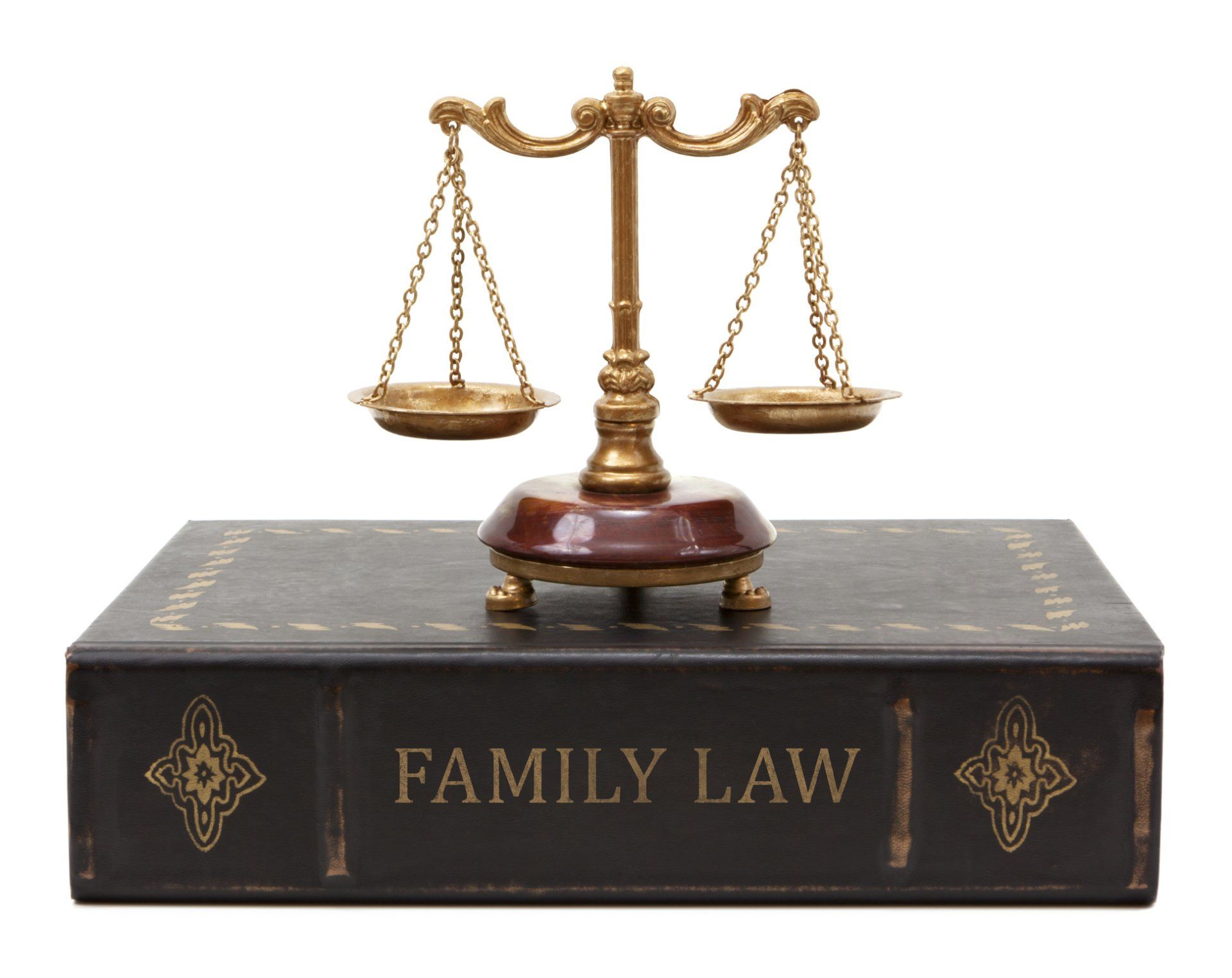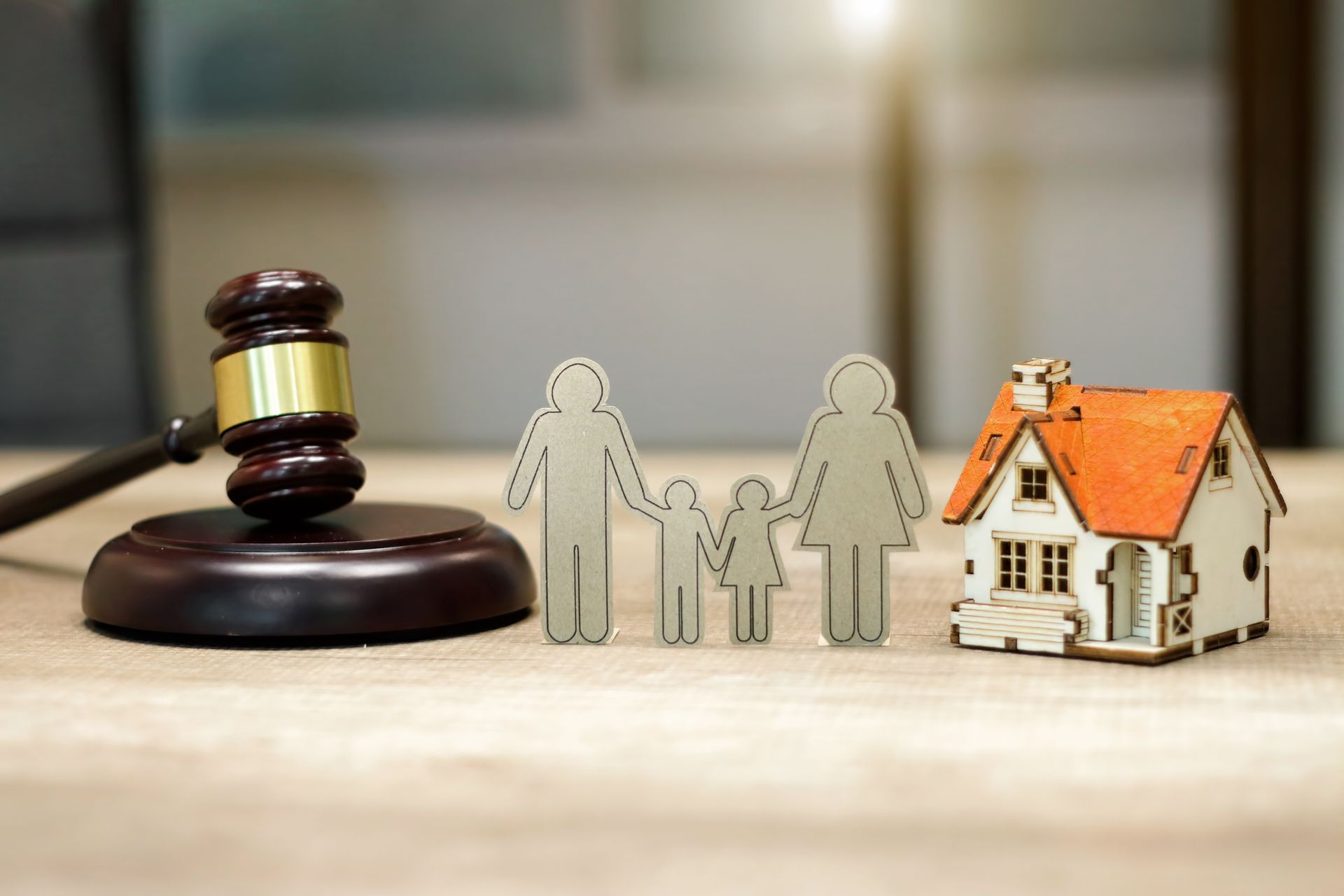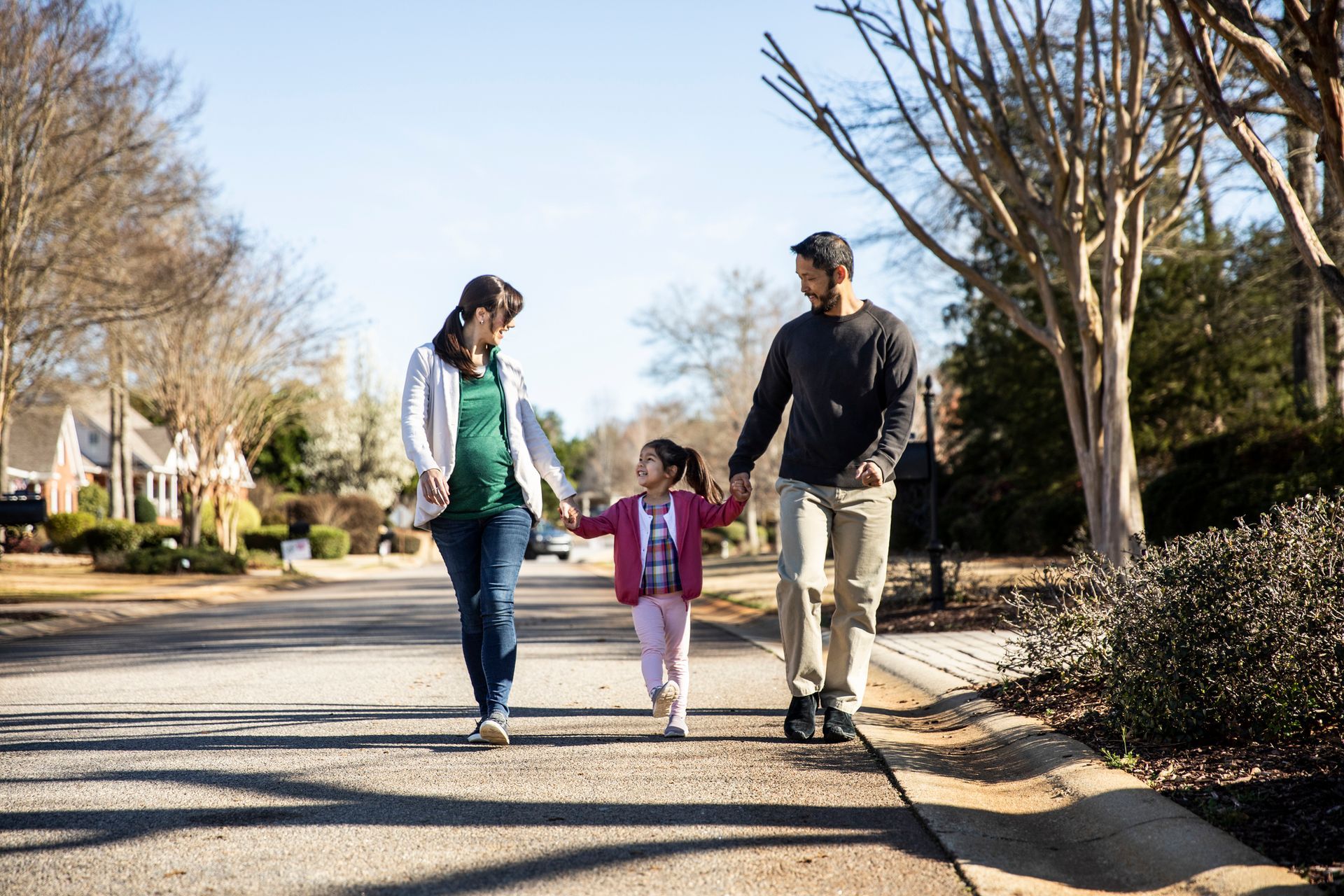Differences Between Legal and Physical Child Custody

Learn about the types of custody arrangements available, and the difference between Legal Custody and Physical Placement.
In a divorce, custody of children is broken down into two elements: legal and physical. It's not unusual for legal and physical placement to be set up differently. For example, parents might have joint legal custody, but not joint physical custody, especially if the parents live some distance apart.
Legal Custody
Having legal custody of your children means that you are responsible for making decisions about the important things in their lives, like where they go to school, what religious instruction they receive, whether they need academic tutoring or psychological counseling, and when they go to the doctor.
During your marriage, you and your spouse probably made these decisions together, and when you divorce, judges want to keep it that way if possible. The default preference in most states is for parents to share legal custody and continue to make decisions together for their children.
This is called joint legal custody. It can take many forms. Just as in an intact marriage, it's not uncommon for one parent to be the primary caregiver, the same can be true after divorce even if the parents have joint legal custody. For example, a parent who is the primary caregiver might make many decisions that are part of legal custody, like authorizing routine or emergency medical treatment, or choosing a tutor for a child who needs academic help. While the other parent has the legal right to participate in those decisions, it's up to the parents to decide how to make this work as a practical matter. They may agree that it's easier and more efficient for one parent to have greater day-to-day responsibility.
Joint legal custody can become a battleground for parents who aren't able to agree on things that might seem simple, like where the children should get medical care or whether they should take piano lessons. It only takes one parent to create ongoing conflict over this type of question, and it can make life miserable for everyone if every decision becomes a fight.
Judges find that type of decision making miserable, too. If parents fight over every question related to their kids, the most common solution is for the judge to give one parent sole legal custody. That parent then has the sole right to make decisions about the children's health, education, and welfare. A judge might also grant sole legal custody if one parent:
- lives a great distance away
- is abusive or neglectful, or
- isn't involved in the child's day-to-day life and doesn't spend time with the child.
It's also possible for a judge to order joint legal custody but designate one parent as the tiebreaker in the event the parents can't agree. This isn't that different from the parent having sole legal custody, but it does encourage both parents to be involved, at least in attempting to come to a resolution.
Physical Placement
Physical placement refers to where the children live on a regular basis. It can be shared by both parents or granted to just one. How custody is ordered at the time of your divorce can affect you later. For example, in some states, a parent with sole physical placement has a presumed right to move away with the kids. To prevent a move, the noncustodial parent must go to court and show that the move would be harmful to the kids. So, if the other parent's attorney tries to tell you that it doesn't matter whether you let the other parent have sole physical custody even though you spend significant time with the kids, don't buy it. Contact Kaminski and Pozorski at 920-684-6694 about whether the decision could come back to haunt you later.
Shared Physical Placement
There's a strong preference among judges to order shared Physical placement, to guarantee that children have regular contact with both parents. Some states direct judges to assume that shared physical placement is better and require any parent who disagrees to provide evidence about why it's not a good idea in that particular case. Shared physical placement means that the kids get to have two engaged and involved parents and two real homes—not one home and one place they go to visit their other parent.
Shared physical placement doesn't always involve an exact 50-50 time split, but it's usually something close. This only works, however, if the parents live near enough to each other that the kids can move easily back and forth between houses and can maintain their regular activities no matter which house they're in. Shared physical custody isn't always best when the parents really don't get along—the many transitions between parents create too many opportunities for conflict.
Primary Physical Placement and Visitation
If one parent has the kids most of the time, that parent is usually granted Primary Physical placement, while the other parent gets the right to regularly schedule time with the kids, called either "visitation" or "parenting time." A very common arrangement is for one parent to stay in the family home with the kids. The children spend most of their time there and see the other parent at regularly set times. In legal terms, the parent with primary physical placement is the custodial parent and the other is the noncustodial parent who has visitation rights. For a long time, lots of folks had a fairly standard "Wednesday night dinner and every other weekend" arrangement. Commonly, the mother had primary physical placement, and the father had visitation rights for one dinner a week and every other weekend. That schedule is still used regularly, but so are a lot of other schedules.
Contact Kaminski and Pozorski to set up your Free Consultation!















